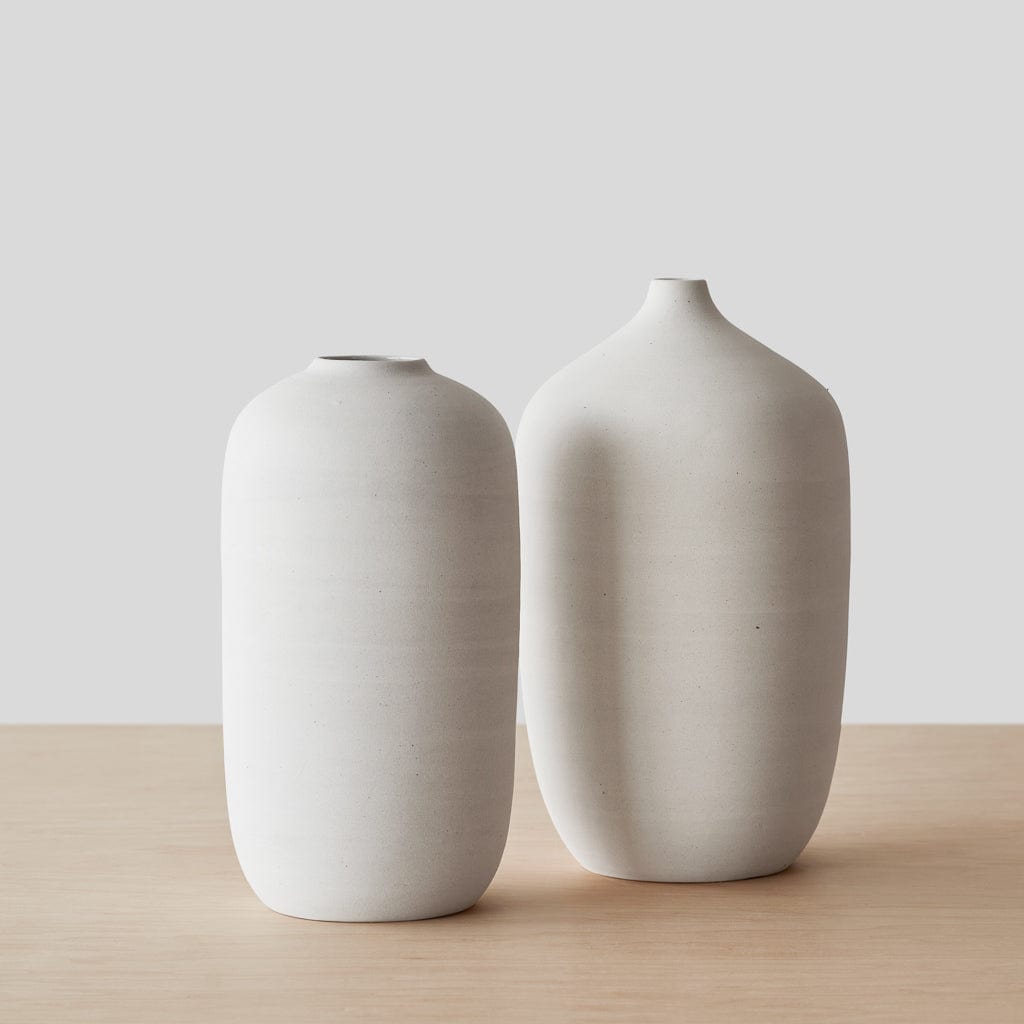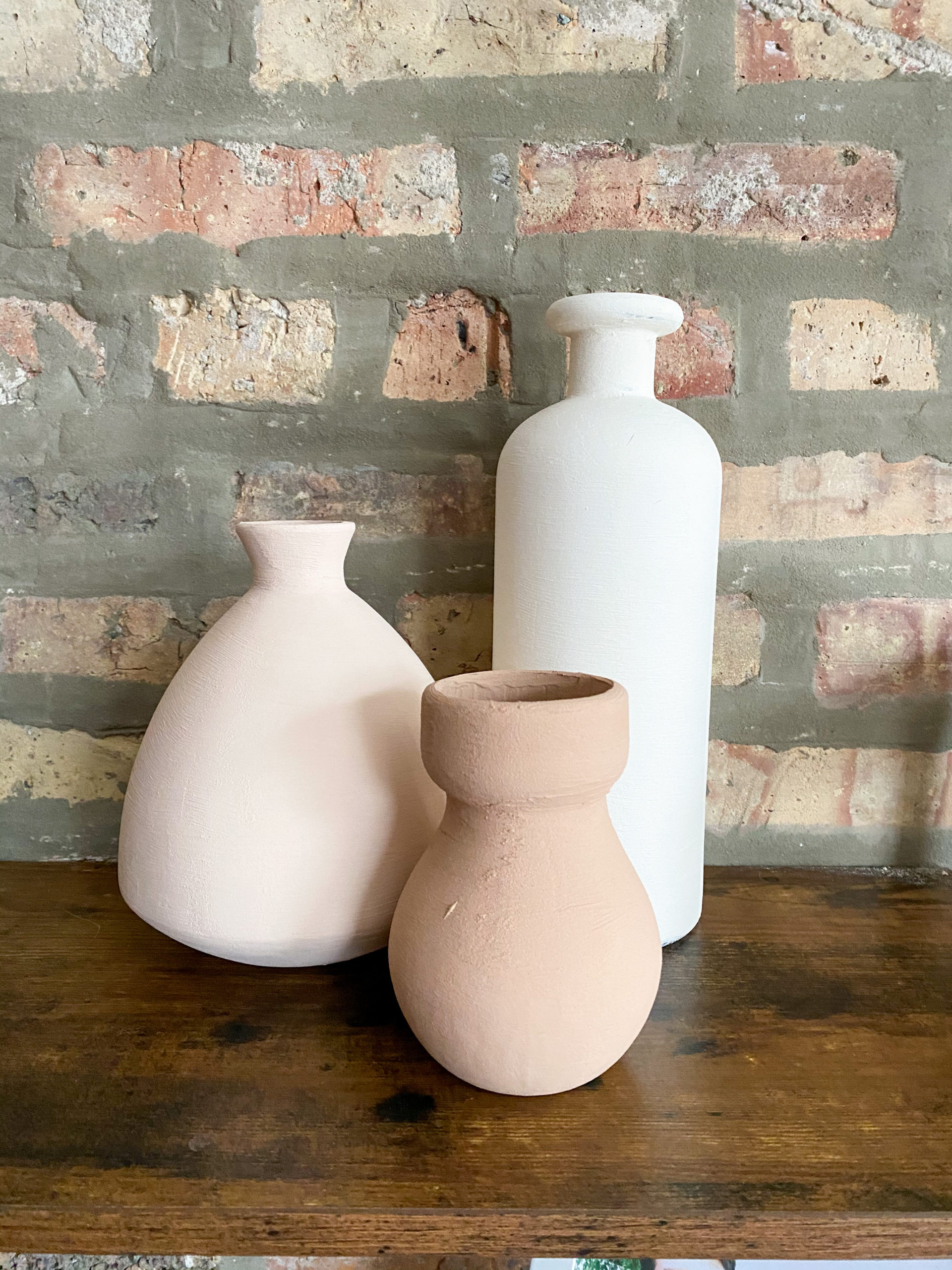From Clay to Art: Handcrafted Vases That Display the Appeal of Handiwork
This write-up takes a look at the virtuosity as well as beauty of handcrafted flower holders, concentrating on the procedure of transforming clay into art.
It discovers the strategies employed in producing these flower holders and also emphasizes the event of virtuosity that handmade vases represent.
Via an objective and impersonal lens, this article intends to clarify the craftsmanship and ability involved in the production of handcrafted flower holders, highlighting their capability to display the charm of workmanship.
The Artistry of Handcrafted Vases
The artistry of handmade flower holders appears in their intricate designs and thorough craftsmanship (Vase). These vases are not simply practical items however are jobs of art that show the skill and creative thinking of the artisans that produce them
The intricate layouts found on handmade vases display the level of information and also accuracy that enters into their production. Each vase is meticulously crafted, with every pattern, line, and contour thoughtfully thought about to boost its aesthetic charm. The artisans utilize numerous techniques such as sculpting, molding, and painting to bring their artistic vision to life.
The precise workmanship entailed in making handmade vases is remarkable. These vases are frequently made from clay, which needs a delicate touch and precise shaping.
Discovering the Clay-to-Art Process

When it comes to handmade vases, the journey from clay to art starts with the choice of the raw material. Clay, understood for its malleability as well as ability to maintain form when discharged, is the main material made use of.
The clay is after that prepared by removing contaminations and also excess wetness, making certain a smooth as well as convenient consistency. When the clay prepares, it is shaped into the preferred form using numerous techniques such as throwing, curling, or piece structure - Vase. The artisan meticulously shapes the clay, taking notice of information such as percentage, surface, and also proportion texture
After forming, the flower holder is entrusted to dry slowly, allowing it to harden as well as support. When dry, it undertakes the firing procedure, where it goes through heats in a kiln. This firing procedure not just strengthens the flower holder however likewise transforms the clay into a resilient and also permanent product.
Unveiling the Appeal of Handiwork
Introducing the elegance of the craftsmen's workmanship entails a meticulous and also careful procedure that highlights the perseverance, accuracy, as well as skill called for to produce a handcrafted work of art.
The art of handiwork is a classic practice that has actually been given via generations, protecting the essence of social heritage.
The artisan starts by thoroughly picking the raw products, ensuring that they are of the best quality as well as suitable for the desired layout. The clay is after that prepared, undertaking a series of steps such as rub, wedging, and also forming to accomplish the preferred uniformity and also eliminate any kind of air bubbles or contaminations.

After the shaping is complete, the vase is meticulously dried out to eliminate any kind of continuing to be view it now wetness, ensuring its resilience and also security. The final step entails shooting the vase in a kiln, which not just enhances the clay yet additionally conveys a distinct personality to the finished product.
The outcome is a handcrafted flower holder that symbolizes the skill, commitment, and imaginative vision of the craftsmen, showcasing the appeal of their workmanship.
Methods Behind Handcrafted Vases
One crucial facet of producing handmade vases entails the mindful option as well as preparation of basic materials. The selection of basic materials is vital as it establishes the final outcome and also high quality of the flower holder. Artisans commonly choose clay that possesses the desired homes, such as toughness, plasticity, and color. The clay is after that processed to get rid of pollutants and also improve its workability. This process includes actions like wedging, which aids to eliminate air bubbles and produce an identical structure.
Once the clay is prepared, it can be shaped using different methods such as wheel throwing or hand building. Wheel throwing involves rotating the clay on a ceramic wheel while shaping it with tools as well as hands. Hand building strategies, on the various other hand, entail by hand shaping the clay utilizing coils, slabs, or pinching.
After the flower holder is shaped, it is left to dry slowly to avoid cracking. When dried out, the flower holder undertakes the firing procedure in a kiln, where it is subjected to heats to transform the clay and harden right into a ceramic product. The firing process likewise allows the application of glazes, which add shade and offer a decorative surface to the vase.
Generally, the cautious option and also prep Visit Website work of basic materials are vital actions in the creation of handcrafted vases, ensuring their quality and also visual appeal.
Handmade Vases: A Celebration of Artistry
The craftsmanship behind hand-crafted vases mirrors the check my reference ability and imagination of the craftsmens associated with their production. Handcrafted vases are not merely practical objects; they are artworks that showcase the skill and also devotion of the artisans. These artisans possess an extraordinary level of ability and also expertise, honed via years of practice and experience. The process of creating a handcrafted vase includes various phases, each calling for thorough focus to information as well as a deep understanding of the product being used.
The very first step in crafting a handmade flower holder is the selection of the clay. Craftsmens pick clay that is of premium quality and also appropriate for the desired form and layout. When the clay is picked, it is very carefully prepared by eliminating contaminations as well as kneading it to accomplish the wanted consistency.
The shaping of the flower holder is done by hand, using typical methods such as coiling, pinching, or tossing on a potter's wheel. This needs a consistent hand as well as a keen eye for proportion and also balance. The craftsmens utilize their fingers, devices, and also their breath to form the clay into the wanted form.
After the flower holder is shaped, it undertakes a process of drying out as well as firing in a kiln. This firing procedure changes the clay right into a long lasting ceramic material. The artisans very carefully keep track of the temperature level and period of the firing to guarantee that the flower holder accomplishes the desired strength as well as appearance.
When the flower holder is terminated, it can be embellished making use of numerous techniques such as paint, sculpting, or glazing. These attractive elements include beauty as well as individuality to the vase, improving its creative worth.
